Help young readers and writers recognise onomatopoeias with a set of onomatopoeia classroom posters.
Figurative Language Anchor Charts – Onomatopoeia
Are you ready to get your kids excited about onomatopoeia?
The idea of onomatopoeia may be new for some, but it’s one of the best ways to help kids improve their writing skills. By adding fun words like ‘buzz,’ ‘woosh,’ ‘bang’ and ‘splash,’ we can make writing more enjoyable for our students.
These posters will help your students learn how to recognise examples of onomatopoeia in poetry and writing, which will help them improve their own writing skills. These onomatopoeia posters are a perfect classroom display to encourage and remind your students to add colourful and interesting words to their writing.
Print Your Own Onomatopoeia Posters
This set of onomatopoeia anchor charts for the classroom includes the following examples of figurative language.
- Roar!
- Kerplop!
- Splat!
- Purr
- Achoo!
- Click!
- Drip
- Vroom!
- Snap!
This set of anchor charts includes a colourful chart that shows an example of onomatopoeia and uses a fun graphic to represent each term.
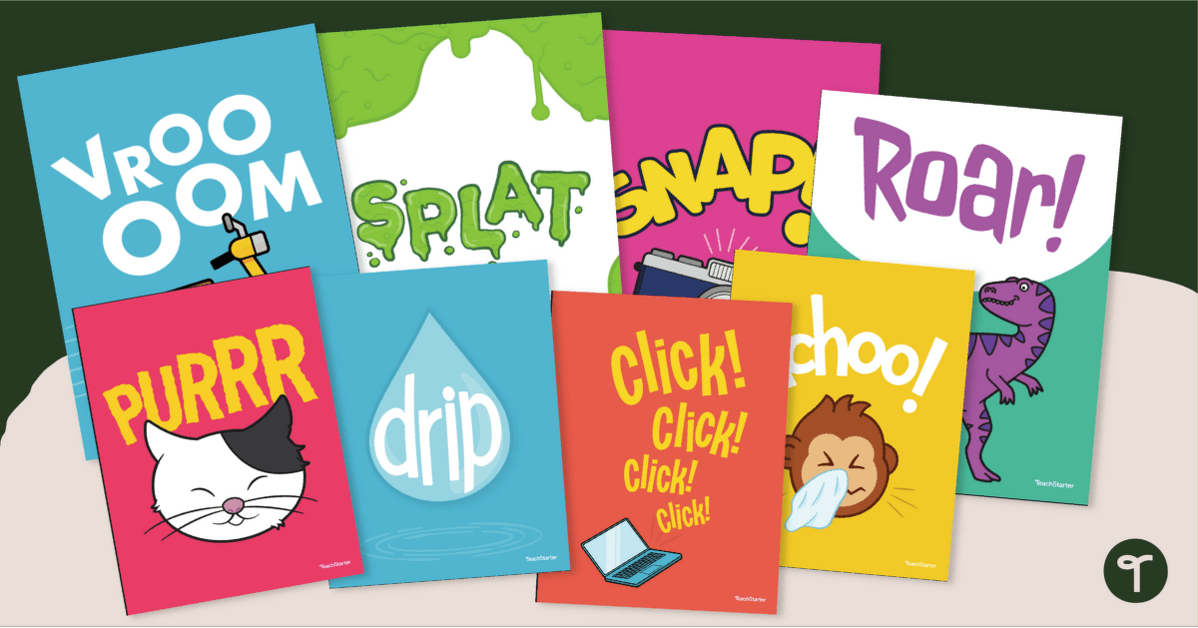

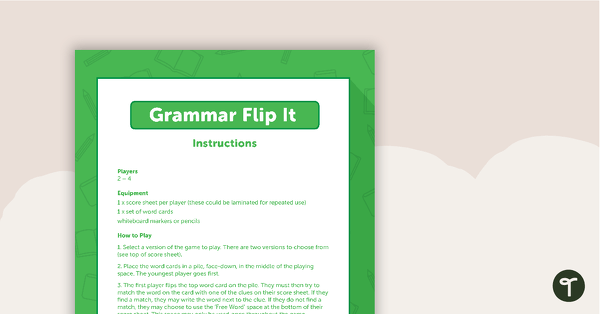
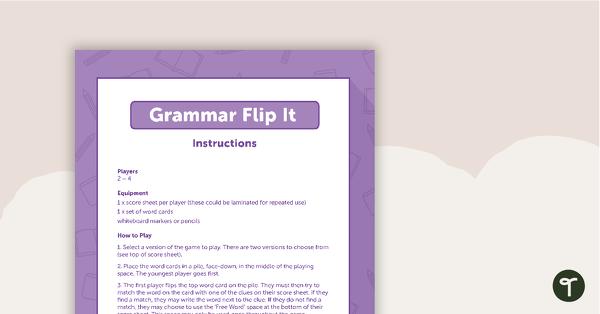

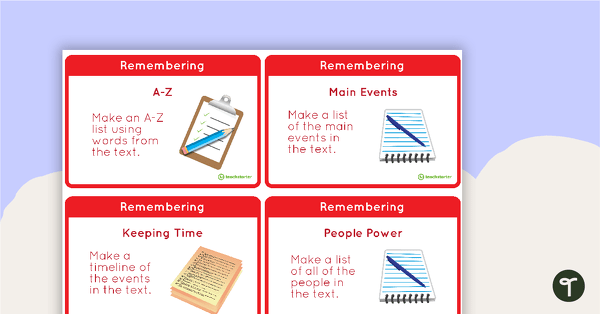
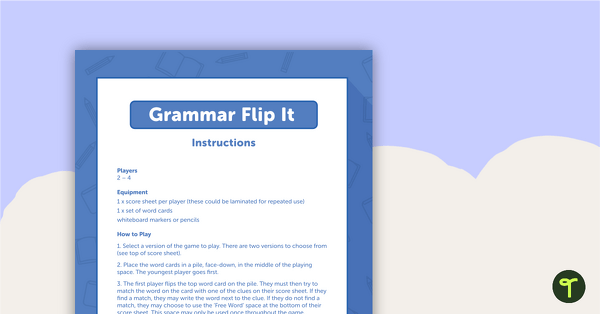


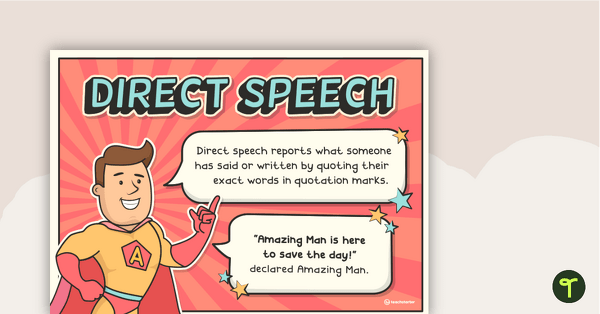
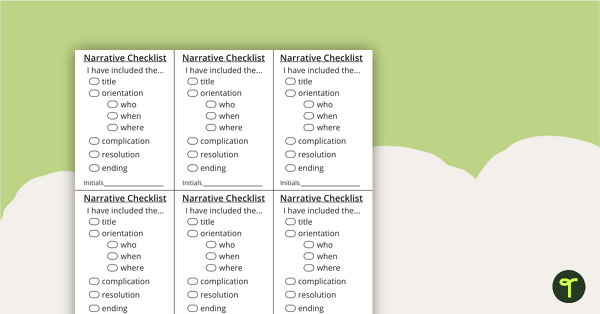
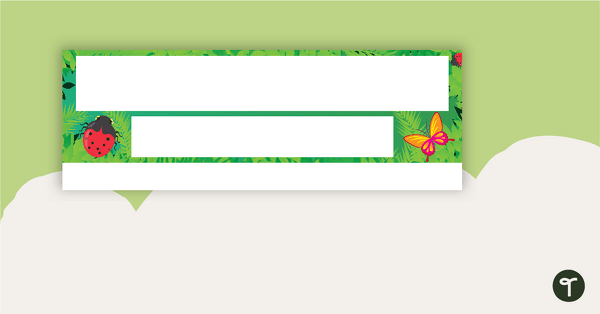
0 Comments
Write a review to help other teachers and parents like yourself. If you'd like to request a change to this resource, or report an error, select the corresponding tab above.